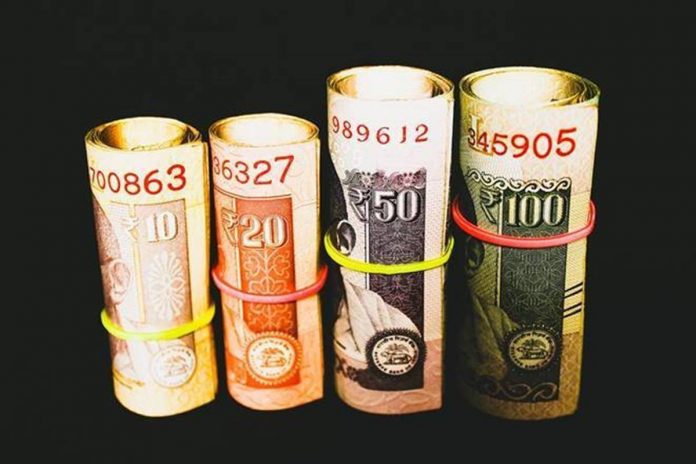EPF Vs PPF: Which scheme gets more interest in other small savings schemes including EPF-PPF. Finance Minister Nirmala Sitharaman has defended the proposal made by the Central Board of Trustees of the Employees’ Provident Fund Organization (EPFO), saying that the rate is determined by today’s realities where the interest rates on other small savings instruments are even lower.
EPF Vs PPF: The PF interest rate (PF INTEREST RATES) paid on Employees’ Provident Fund (EPF) deposits has been proposed to be reduced to a four-decade low of 8.1 percent. Finance Minister Nirmala Sitharaman has defended the proposal made by the Central Board of Trustees of the Employees’ Provident Fund Organization (EPFO) , saying that the rate is determined by today’s realities where the interest rates on other small savings instruments are even lower.
The EPFO Ministry of Finance is the nodal authority for approving the recommendation of the Central Board.
EPF interest rate
The Finance Minister said that the EPFO has a central board which decides what rate is to be given… and they have not changed it for a long time. They have now changed it to 8.1 percent. Sitharaman further said that this is a decision taken by the EPFO Central Board which has a wide spectrum of representatives.
The EPFO had earlier this month decided to bring down the interest rate for the financial year 2021-22 to a four-decade low of 8.1 percent. For the financial year 2020-21, this rate was 8.5 percent.
Interest rates of other schemes including PPF
Finance Minister Nirmala Sitharaman said that Sukanya Samriddhi Yojana offers 7.6 per cent, Senior Citizens Savings Scheme (7.4 per cent) and PPF (7.1 per cent) while SBI offers 5-10 years, citing comparatively prevailing interest rates of other schemes. 5.50 percent interest is available on fixed deposits.
“With all this, the EPFO has given a call to give it 8.1 per cent (interest rate),” he said. The Finance Minister said that EPFO rates have not been reduced for 40 years.
These are the realities of today, which keep us in view of the decisions taken by the Central Board of EPFO. It is yet to come to the finance ministry for approval, but the fact is that these rates are prevalent even today and it (EPFO) is still higher than the rest.”


